The Shang dynasty is the earliest dynasty of traditional Chinese history supported by archaeological evidence. The Shang dynasty or Yin dynasty ruled in the Yellow River valley in the second millennium BC (1600 to 1046 BC)

Excavation at the Ruins of Yin (near modern-day Anyang), which has been identified as the last Shang capital, uncovered eleven major royal tombs and the foundations of palaces and ritual sites, containing weapons of war and remains from both animal and human sacrifices.
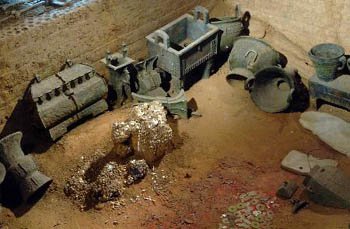
Before the 20th century, the Zhou dynasty (1046–256 BC) was the earliest Chinese dynasty that could be verified from its own records
In 1899, Chinese scholars noticed that the “dragon bones” being sold by local pharmacists and antiquarians were marked with strange characters, much different from the script they knew at the time. These were finally traced back in 1928 to a site near Anyang, north of the Yellow River in modern Henan province.
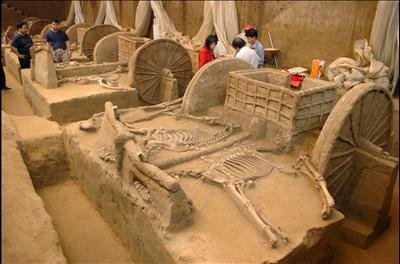
The remains of a walled city of about 470 hectares (1,200 acres) were discovered in 1999 across the Huan River from the well explored Yinxu site. The city, now known as Huanbei, was apparently occupied for less than a century and destroyed shortly before the construction of the Yinxu complex.
The very earliest period in traditional Chinese history is called the Mythical Period, when—according to legend—the Xia dynasty ruled China. The Shang dynasty, the first historically confirmed dynasty, supposedly began when the Shang overthrew the Xia sometime around 1760 BCE.
At the excavated royal palace of Yinxu, large stone pillar bases were found along with rammed earth foundations and platforms, which were as hard as cement.
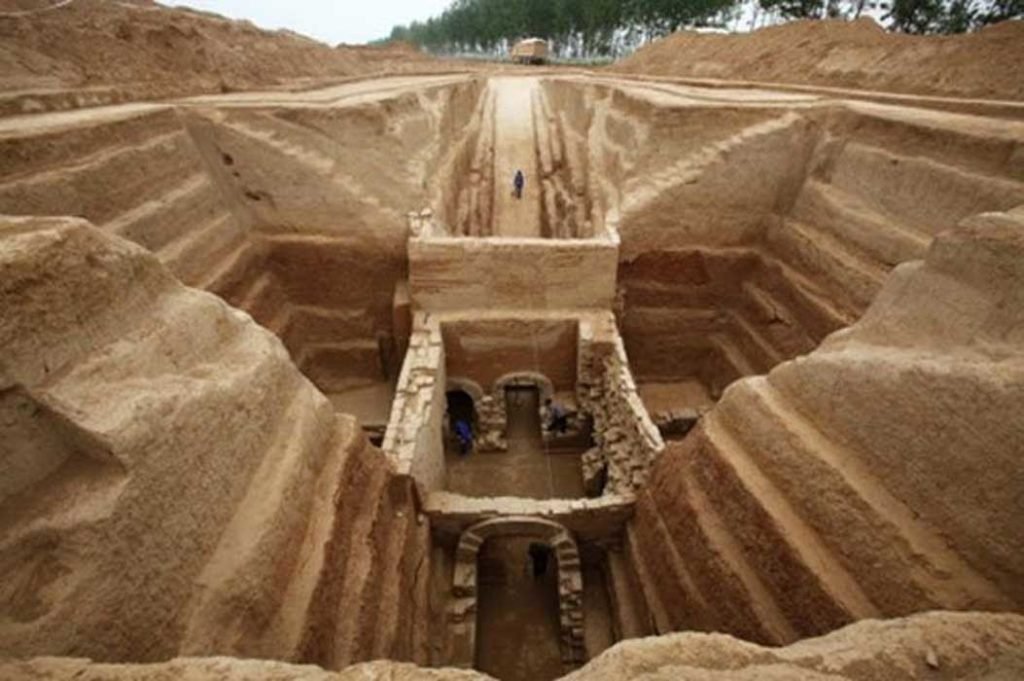
These foundations in turn originally supported 53 buildings of wooden post-and-beam construction. In close proximity to the main palatial complex, there were underground pits used for storage, servants’ quarters, and housing quarters.
The Shang had a number of religious practices, one of which was veneration of dead ancestors; Shang people made sacrifices to and asked questions of their ancestors. The degree to which shamanism was a central aspect of Shang religion is a subject of debate

There were six main recipients of sacrifice: (1) Di, the High God, (2) nature powers like the sun and mountain powers, (3) former lords, deceased humans who had been added to the dynastic pantheon, (4) pre-dynastic ancestors, (5) dynastic ancestors, and (6) dynastic ancestresses such as the concubines of a past emperor
The Shang believed that their ancestors held power over them and performed divination rituals to secure their approval for planned actions.Divination involved cracking a turtle carapace or ox scapula to answer a question, and to then record the response to that question on the bone itself
Source: Wikipedia


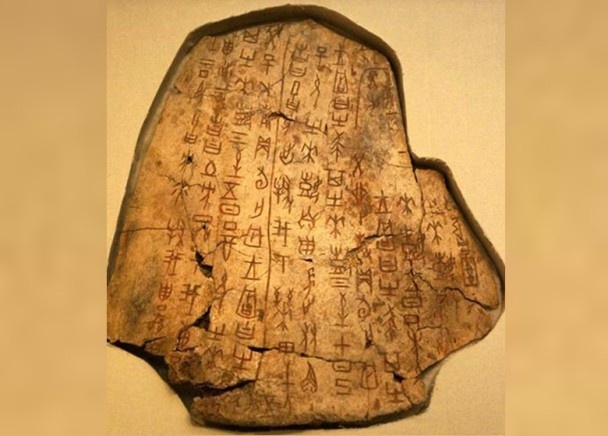
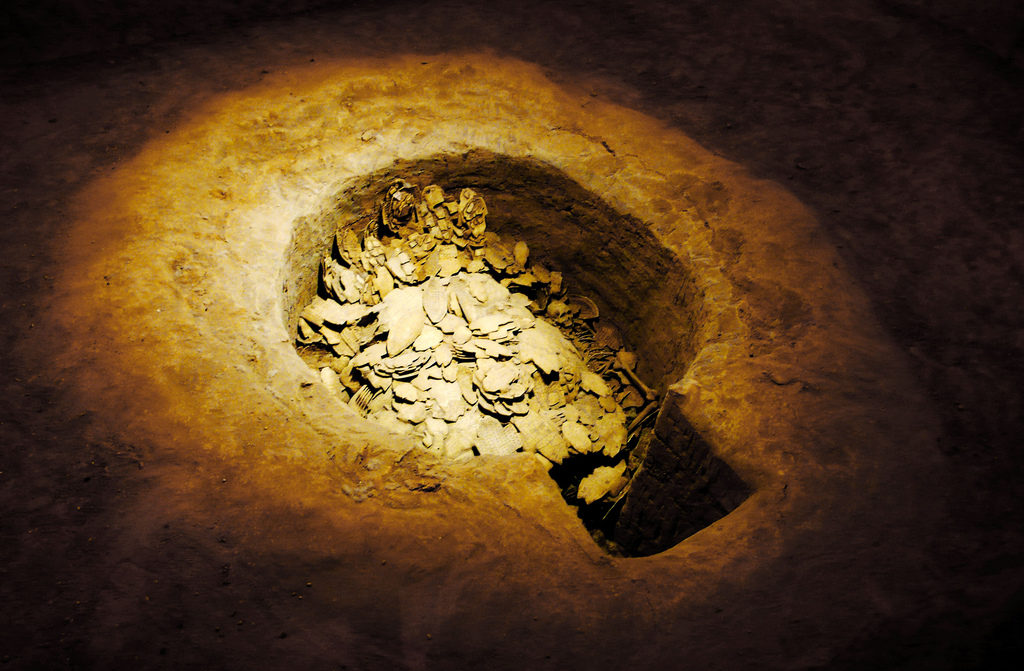
Comment here